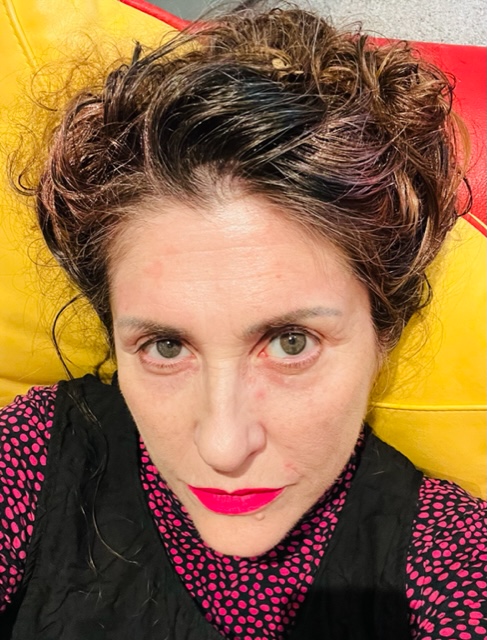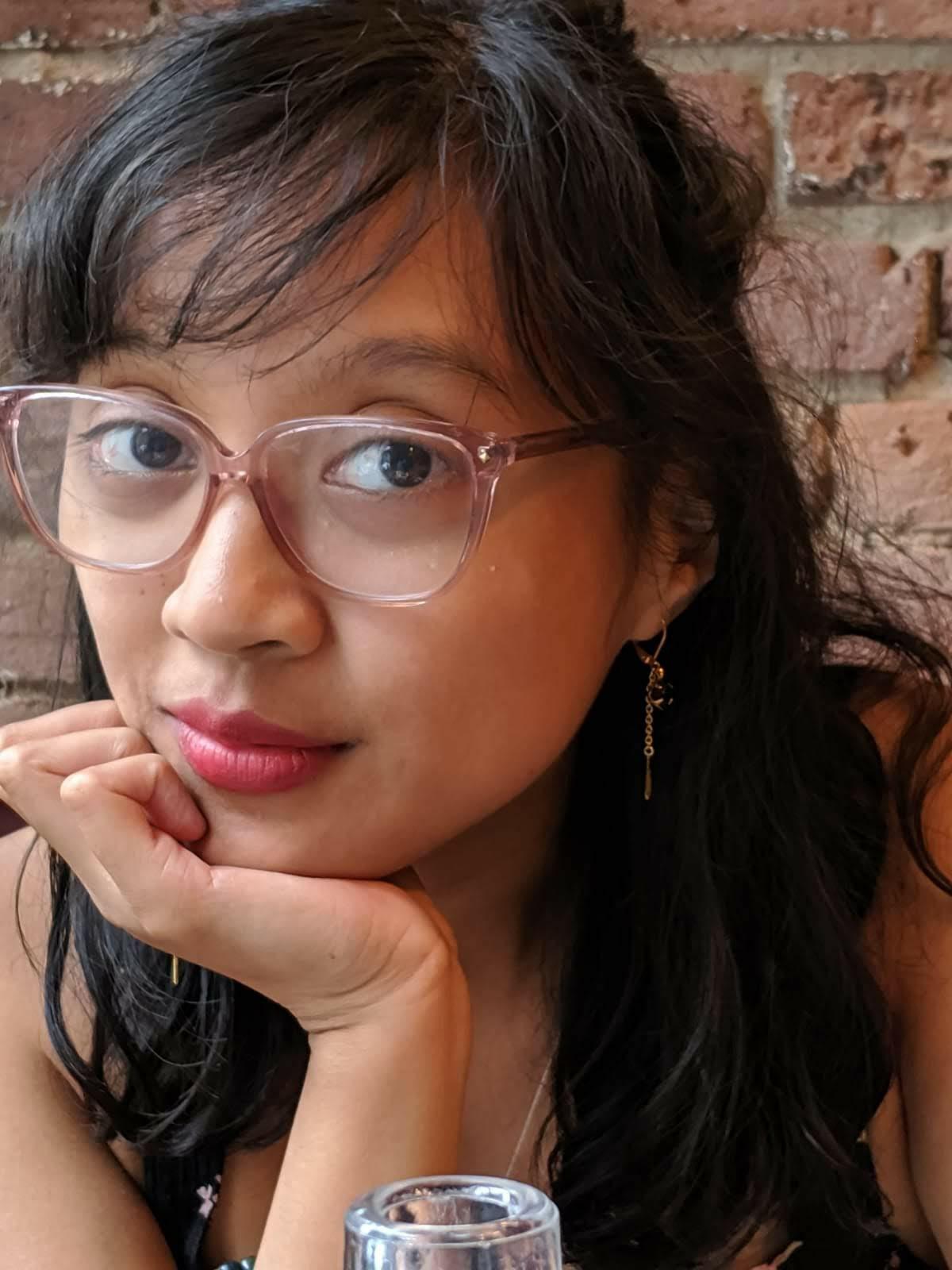Lindsay Zier-Vogel’s Writing Space
There are not a lot of doors in my house. It took me until the pandemic to really notice this, but with two kids at home, I quickly learned the value of doors. In March 2020, I started writing in my bedroom, but all those sleep experts are onto something when they say that working where you sleep can mess up your sleep. Not to mention that my kids were constantly running in and flopping on the bed next to me.
But a few weeks into the pandemic, I had an epiphany—we had an uninsulated sunroom that was bike and stroller and shoe storage. I decided one Saturday morning that it would be my office. I moved the bikes out to the garage, got a small patio couch, a lamp from my youngest’s room, and moved in a small side table from the basement and just like that, I had place to work! With a door!!
Since then, I’ve upgraded my couch to one from the basement and filled the sunroom with my favourite things—art and postcards created by friends are lined up on the windowsill; I’ve got my kids art that’s faded in the sun taped to the wall, and a jar of doily flowers my youngest made in kindergarten; a stack of poetry books next to my space heater; a print of swimmers floating in the water, a gift from my sister, to remind me of the glory of being in the water; a framed poster by Sebastian Curi from a trip to Buenos Aires, and gorgeous bunting I also picked up in Argentina; and a beautiful painting my dear friend Laura Wills did of twelve rings my Papa Doug made for my Nana. (I will also add that my sunroom office is also filled with shoes and umbrellas and leaves my youngest has collected over the years and scooters and bike helmets and baseball gloves and sidewalk chalk and tote bags, because in addition to my office, it’s also a mudroom).
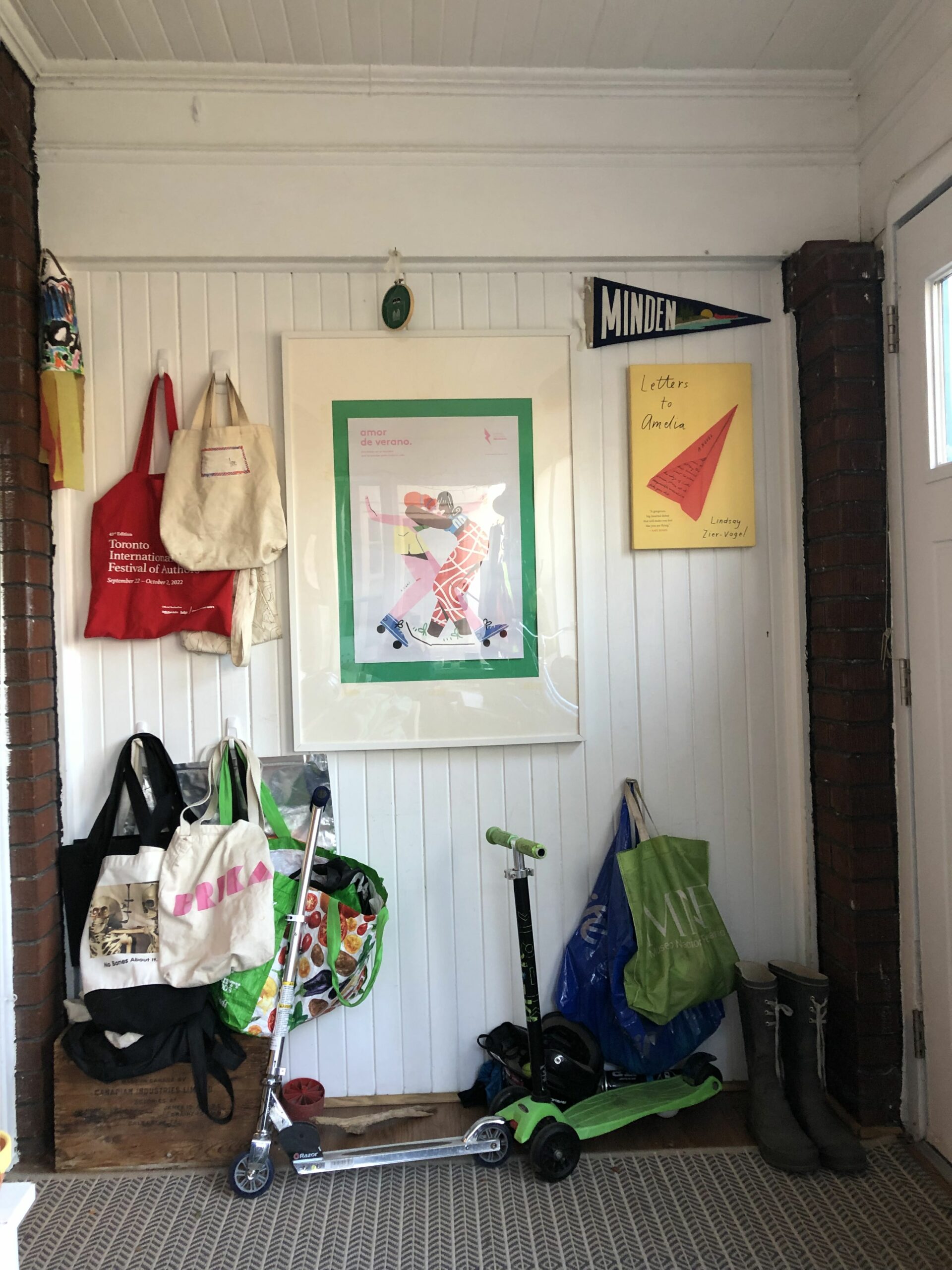
It is my favourite place to write in the early mornings—moonlight creeping in the fall, and when it’s warm enough, open the windows that let the spring air through. I did much of my Letters to Amelia editing on this couch, and all the edits for my forthcoming picture book, Dear Street.
It’s not perfect by any stretch—it’s not insulated, so even with a space heater (and a scarf, toque and sleeping bag), I can usually only use it from April to early November. And then I’m back to writing in my bedroom and messing up my sleep, or at my desk in the basement where there are no outlets and not enough light, listening to my children thundering above me, counting down the days until my sunroom office is warm enough again.
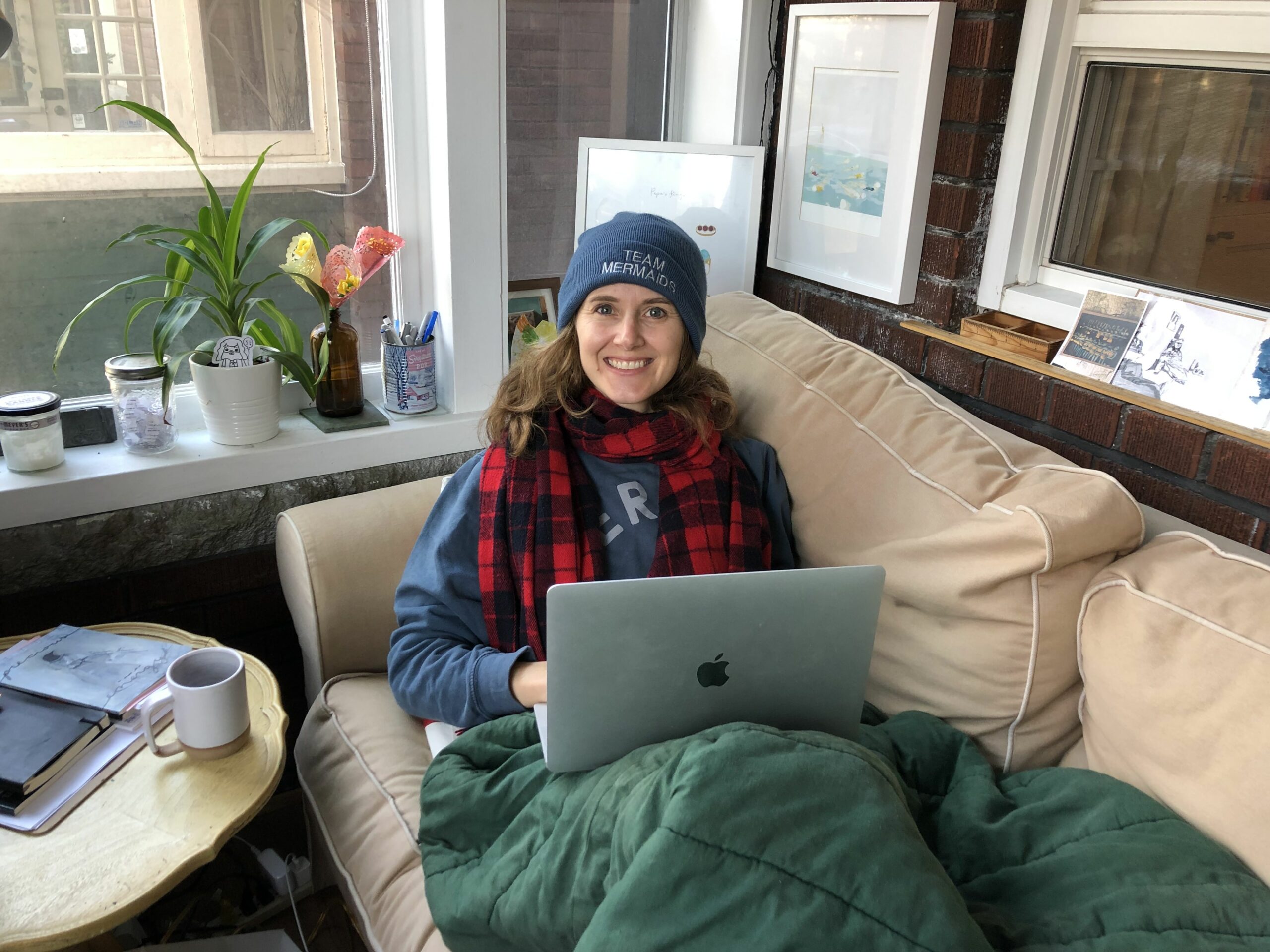
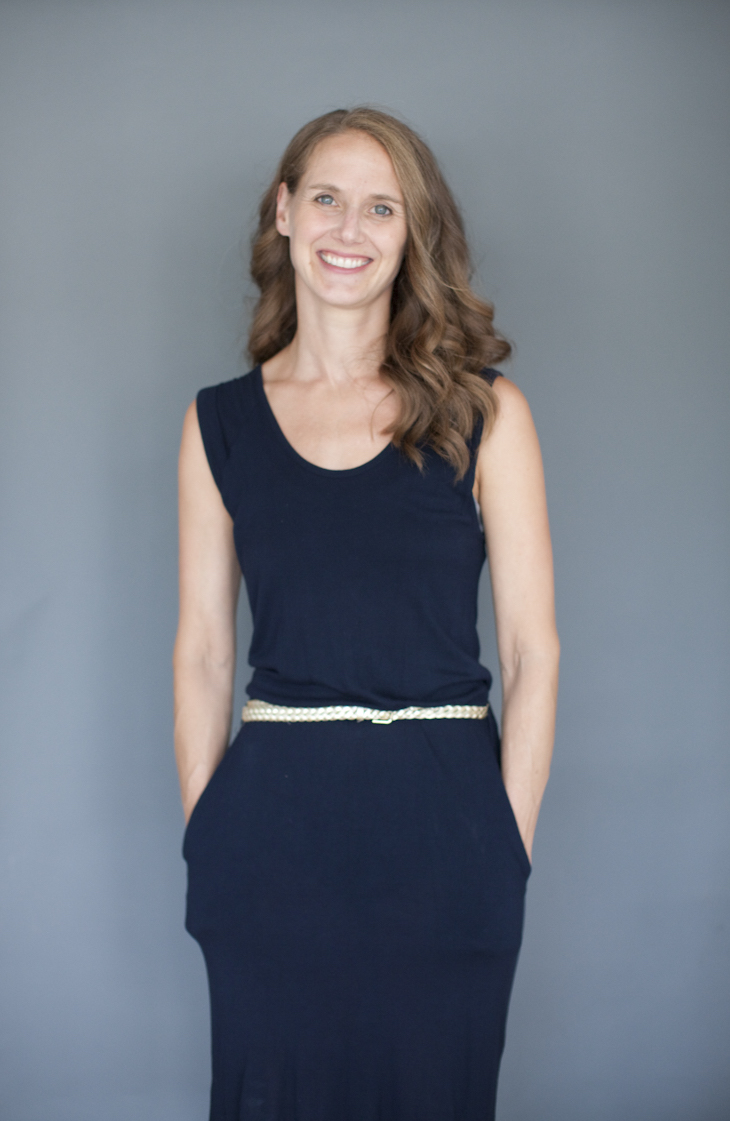
Lindsay Zier-Vogel is a Toronto-based author, grant writer, educator, and the founder of the internationally-acclaimed Love Lettering Project. She is the author of the acclaimed debut novel Letters to Amelia in the permanent collection at the Thomas Fisher Rare Book Library in Toronto, and she leads creative writing workshops in schools and community settings. Her first picture book, Dear Street, is out with Kids Can Press in Spring 2023.
Photos courtesy of Lindsay Zier-Vogel.

